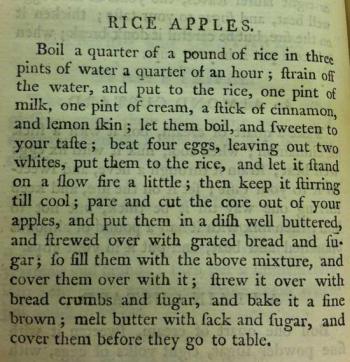Sorry so quiet lately, but I think I have major senioritis and have been trying to spend as much time offline as possible. But, I have a bunch of new vintage library postcards to share, starting with Holyoke, MA!
Holyoke is one of the larger cities in western Massachusetts, located on the Connecticut River near Springfield, with about 40,000 residents. It was the first planned industrialized city in the country and was once a huge paper manufacturer.
The Holyoke Public Library was founded in 1870 by the Holyoke Library Corporation as a private organization, at a time when the population was only 10,000 people. After receiving a donation and 1200 books, it opened in an old schoolroom, with Sarah Ely serving as its first librarian. As a private library, it charged $1 a year to check out books until 1886. In 1876, it moved to a room in City Hall. It was moved to its current location in 1902 in what was a 25,000 square foot building on Maple Street and is one of the few neoclassical style buildings in the city. In 1912, a natural history museum opened in the library and stayed until the 1950s. From the 1940s to 1950s, the system opened three branch libraries, but they appear to have closed.
The library then, circa early 1900s
And now, in 2013 after a renovation
The library underwent a huge renovation in 2013, which added a teen room, computer lab and classroom, study rooms, a community room, and reading areas. The remodel also added an additional 15,000 square feet to the building, and moved its entrance to what was originally the back. What do you think about the new addition? The design couldn’t be more different.
The library has 11 librarians and library assistants, and a History Room archivist, among other staff. The History Room has information on Holyoke and genealogy resources. It also offers digital collections. The library has free streaming movies and music and career resources for patrons. And it has the common children’s, teen, adult, and reference services, online catalog, and events. The only thing that really struck me about the website is the very first thing on the home page is a large message asking for donations with a PayPal button. I’m all about supporting libraries, but it seems like the services should be listed first and asking for donations toward the end.
When I wrap up classes in December, I think I’ll contact the History Room to see if they can help research a few Irish ancestors who lived in Holyoke back in the mid 1850s. What a wonderful resource!
Sources
Holyoke, Mass Holyoke Public Library page
Holyoke Public Library official site
Library grand re-opening article




 Source
Source Source
Source Image source
Image source














































